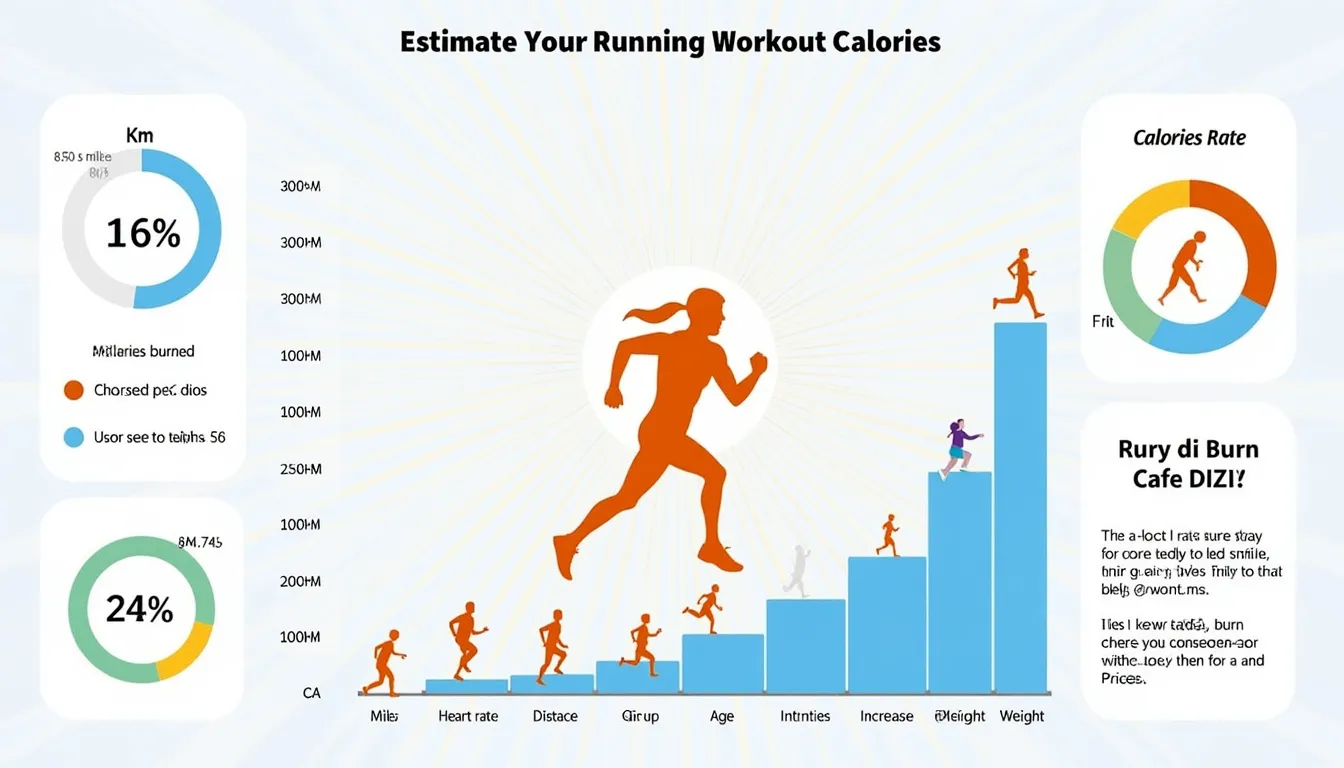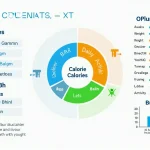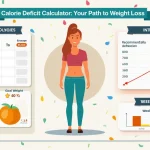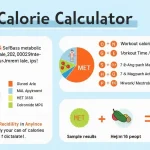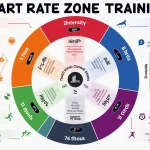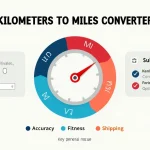Calorie Burn Calculator
Is this tool helpful?
How to use the tool
- Distance (km): Type the length of your run—e.g., 5.2 or 10.8.
- Time (minutes): Enter total duration—e.g., 25 or 60.
- Weight (kg): Provide body mass—e.g., 60 or 90.
- Age (years): State your age—e.g., 25 or 50.
- Heart Rate (bpm): Insert average exercise heart rate—e.g., 135 or 160.
- Calculate: Click “Calculate” to see miles covered and calories burned.
Formula used
The calculator follows the American College of Sports Medicine heart-rate energy-expenditure model.
Calories burned:
$$\mathrm{Calories}= rac{\bigl(0.2017\,\mathrm{Age}-0.09036\,\mathrm{Weight_{lb}}+0.6309\,\mathrm{HR}-55.0969\bigr)\times\mathrm{Time_{min}}}{4.184}$$Distance conversion:
$$\mathrm{Miles}= rac{\mathrm{Kilometres}}{1.609344}$$Worked example
- Distance: 10 km
- Time: 45 min
- Weight: 65 kg (= 143.3 lb)
- Age: 28 yr
- Heart Rate: 142 bpm
Insert the numbers:
$$\mathrm{Calories}= rac{(0.2017\!\times\!28-0.09036\!\times\!143.3+0.6309\!\times\!142-55.0969)\!\times\!45}{4.184}=292.5\ \text{kcal}$$Distance:
$$10/1.609344=6.21\ \text{mi}$$Quick-Facts
- Running burns ≈100 kcal mi⁻¹ for a 155 lb adult (Harvard Health Publishing, 2021).
- Target aerobic heart-rate zone: 64–76 % HRmax (ACSM Guidelines, 2018).
- 1 kg = 2.20462 lb (NIST Handbook 44, 2022).
- 1 km = 0.621371 mi (BIPM SI Brochure, 2019).
What does the calorie burn formula account for?
The equation blends age, body weight (in pounds), average heart rate and exercise duration to approximate oxygen consumption, then converts that value to kilocalories (ACSM Guidelines, 2018).
How accurate is a heart-rate-based estimate?
Heart-rate models predict energy expenditure within ±10 % when heart rate is kept steady and measured accurately (Hiilloskorpi et al., 2003).
Why convert weight to pounds inside the formula?
The original research used imperial units; converting maintains coefficient integrity and prevents scaling errors (Keytel et al., 2005).
Can you apply the calculator to walking or cycling?
You can, but results drift because coefficients were derived from treadmill running data; cycling costs differ by ~30 % (Ainsworth Compendium, 2011).
How can the result guide your nutrition plan?
Subtract calories burned from your daily intake to create a deficit for weight loss or a neutral balance for maintenance (US Dietary Guidelines, 2020).
How do you lower error in the estimate?
Use a chest-strap monitor for heart rate, record distance with GPS, and enter weight each week to reflect body changes (Garmin White Paper, 2022).
Important Disclaimer
The calculations, results, and content provided by our tools are not guaranteed to be accurate, complete, or reliable. Users are responsible for verifying and interpreting the results. Our content and tools may contain errors, biases, or inconsistencies. We reserve the right to save inputs and outputs from our tools for the purposes of error debugging, bias identification, and performance improvement. External companies providing AI models used in our tools may also save and process data in accordance with their own policies. By using our tools, you consent to this data collection and processing. We reserve the right to limit the usage of our tools based on current usability factors. By using our tools, you acknowledge that you have read, understood, and agreed to this disclaimer. You accept the inherent risks and limitations associated with the use of our tools and services.

